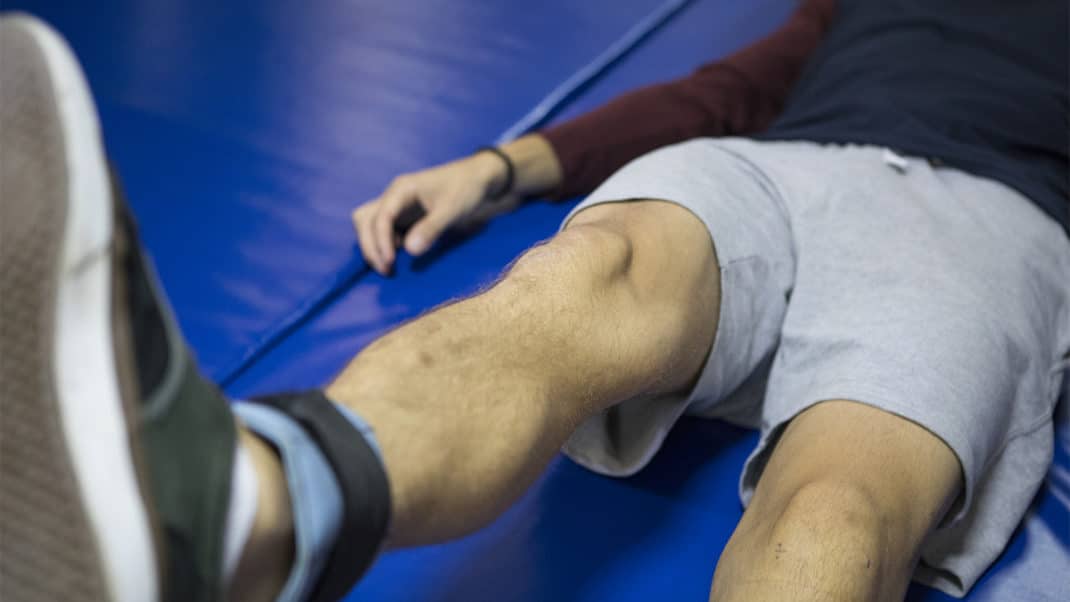What is the PHIT Act and How does it Affect You?
A Legislative Journey to Promote Health Through Fitness

The Personal Health Investment Today (PHIT) Act represents a significant policy initiative aimed at making physical activity more accessible and affordable for Americans. By allowing individuals to use pre-tax medical savings accounts to cover fitness-related expenses, the PHIT Act aligns healthcare policy with preventive health principles. This article outlines the history of the PHIT Act, its potential impact on the fitness industry, and its current legislative status, offering fitness professionals the context they need to advocate effectively for public health.
The History of the PHIT Act
The PHIT Act was first introduced in the U.S. Congress in 2006 as a bipartisan effort to combat rising healthcare costs by encouraging preventive health behaviors through increased physical activity. The core idea was to amend the Internal Revenue Code to allow Americans to use Flexible Spending Accounts (FSAs) and Health Savings Accounts (HSAs) to pay for fitness-related expenses. These would include gym memberships, fitness classes, youth sports fees, and exercise equipment.
Despite multiple introductions over the years, the PHIT Act faced repeated legislative hurdles, primarily due to concerns about tax revenue implications. However, it consistently gained momentum with support from the health and fitness industry, consumer health organizations, and a growing body of research linking physical activity to reduced healthcare costs. In 2018, the House of Representatives passed the PHIT Act as part of a broader healthcare package, but it did not advance in the Senate.
Impact on the Fitness Industry
The PHIT Act could profoundly benefit the fitness and wellness industry. Cost is one of the most commonly cited reasons for not joining a health club or participating in organized fitness programs. By allowing pre-tax dollars to be used for such expenses, the PHIT Act would make fitness more financially accessible.
Economic projections estimate that PHIT could save consumers 20–30% on eligible fitness expenses by allowing them to use untaxed income. This would potentially encourage millions more Americans to invest in preventive fitness solutions, boosting membership numbers, increasing program participation, and stabilizing revenue for fitness businesses.
Additionally, the act reflects a shift in healthcare policy toward prevention. Research supports the idea that physically active individuals have lower rates of chronic diseases, including diabetes, heart disease, and obesity-related conditions (CDC, 2023). The PHIT Act reinforces the importance of fitness as a cornerstone of public health, not just personal aesthetics.
Current Status and Legislative Outlook
As of 2025, the PHIT Act has not yet been signed into law. It continues to be reintroduced in each Congressional session with broad bipartisan support, though it remains stalled due to competing legislative priorities and budgetary concerns.
Most recently, the PHIT Act was reintroduced in both the House and the Senate in 2023 under bill numbers H.R. 3109 and S. 844, respectively. The proposed legislation was referred to the House Ways and Means Committee and the Senate Finance Committee, where it awaits further action. Advocates and various public health coalitions, continue to push for its inclusion in larger healthcare reform or economic packages.
Fitness professionals can stay informed and contribute to the effort by joining advocacy campaigns, writing to their legislators, and educating clients about the potential benefits of the PHIT Act. Grassroots efforts and public awareness are crucial to moving this legislation forward.
The PHIT Act represents a pivotal opportunity to align healthcare policy with preventive wellness by making physical activity more affordable for all Americans. While it has not yet become law, its consistent reintroduction and widespread industry support signal growing recognition of fitness as a public health priority. For fitness professionals, understanding and advocating for the PHIT Act is a chance to shape the future of health promotion and make a meaningful impact on both industry growth and community well-being.
References
Centers for Disease Control and Prevention. (2023). Physical Activity and Health. https://www.cdc.gov/physicalactivity/basics/pa-health/index.htm
Sports & Fitness Industry Association (SFIA). (2023). PHIT America Legislative Campaign. https://www.phitamerica.org



